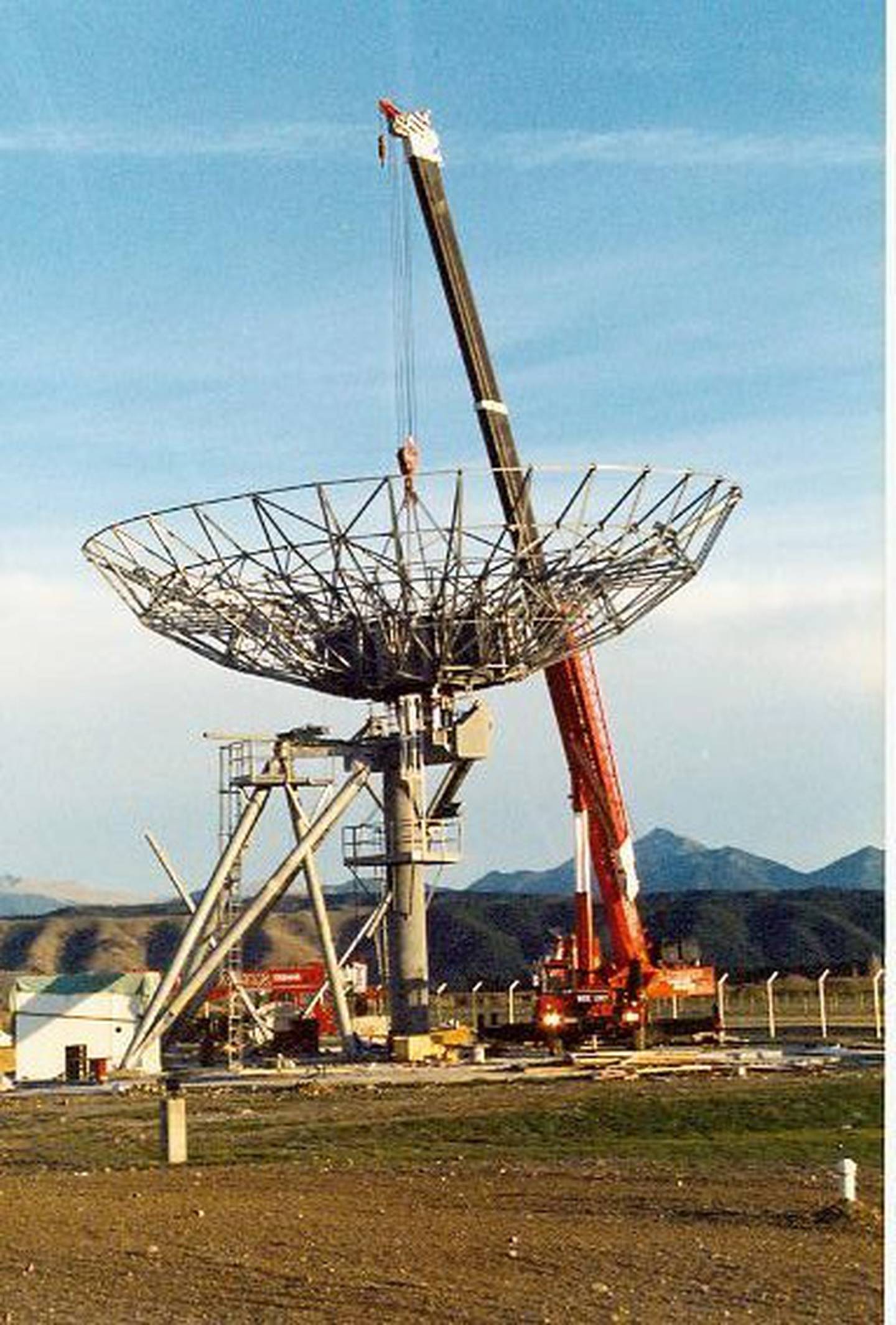
The spy domes emblematic of secret surveillance in New Zealand are past their use-by date and are to be dismantled.
After more than four decades of snooping, the dishes built at Waihopai Valley in the Marlborough Sounds to intercept satellite communications have become obsolete and now collected a fraction of the intelligence they once did.
The Government Communications Security Bureau built the first of the two 18-metre dishes in 1989, adding a second dish in 1998. The dishes were covered by a distinctive cover known as a radome, giving a golf ball-like appearance.
GCSB Minister Andrew Little said "yesterday's tools" weren't necessarily useful in meeting the intelligence needs of a modern and future world.
"They are an iconic feature of our landscape but the reality is technology has moved on. There's different kinds of ways of collecting the kind of data they would collect so they are now obsolete."
Exactly what that replacement technology was, Little would not say. The Herald asked specifically about a GCSB plan called Speargun, canned in 2013, which would have tapped New Zealand's main internet cable.
"It's not for me to confirm or deny claims about what that technology is except to say everything our agencies do has to fit under our legal framework, has to be mandated and authorised and I'm confident our agencies do that."
While the dishes were coming down, the Waihopai base would remain. Little said the Blenheim station was able to do more than simply manage the intercepted communications that came from the domes.
"It processes a lot of data, processes a lot of intelligence. The facility will remain."
Little didn't respond to questions about the XKeyscore system which showed the Waihopai station was among a network of secret bases across the world in documents released by whistleblower Edward Snowden. XKeyscore was purported to be a global Five Eyes network that allowed analysis and search of anything on the internet.
Little reiterated the value of the GCSB, saying intelligence collected by it had recently disrupted planning of a terrorist attack overseas. He said the GCSB received $150m across the 2019 and 2020 budgets of which half was to fund new capabilities.
He said he wasn't provided any advice around the cost of upgrading or modernising the domes. He was unsure what was planned for the decommissioned domes. "I'm not sure they'd fit at Te Papa."
GCSB director-general Andrew Hampton said less than 0.5 per cent of the GCSB's intelligence reports were based on dish collection from Waihopai.
 The 1989 construction of the first of two spy domes at Waihopai Valley in the Marlborough Sounds. (Photo / Supplied)
The 1989 construction of the first of two spy domes at Waihopai Valley in the Marlborough Sounds. (Photo / Supplied)
The interception of satellite communications from Waihopai had dropped so much that "dish use is now virtually obsolete".
Hampton said the dishes had reached the end of their structural life and would have required considerable funding to stay operational. The money was being spent on other intelligence capabilities, he said.
The Waihopai base featured in a series of NZ Herald stories in 2015 on how "full take" collection of communications across the Pacific was highly likely to include that of New Zealand citizens.
An inquiry by the Inspector-General of Intelligence and Security found lawful authorisation was in place to allow the GCSB to collect communications relating to New Zealand's interests in the South Pacific.
"I did not find evidence to suggest that the GCSB operated beyond the scope of these authorisations, including by use of 'full take' collection."
Take your Radio, Podcasts and Music with you









